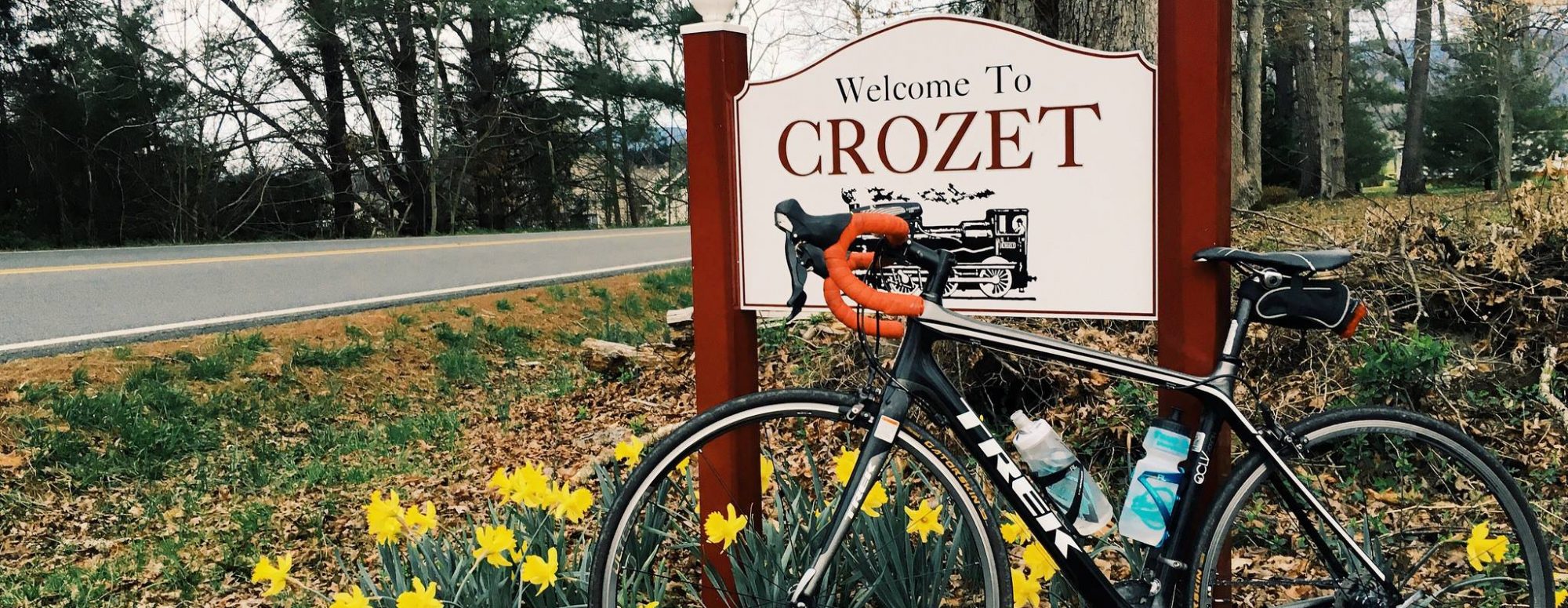For a period of time, she rode the bus.
Then we walked to school, and I walked back. That took too long for my work life.
So we walked, and I walked my bike and I rode home.
Then she’d ride on the downtube, and that made more time to hang out together at Crozet Mudhouse.
Then we rode to school, and rode home. Stopping at the Mudhouse at least one direction.
Those mornings and afternoons are some of our best memories together. Sure, when I drove her to school later, that was great, but we still talk about riding to school together.
Riding back from my morning ride this week, I was happily surprised to see so many kids and families riding bikes and walking to Crozet Elementary. (turns out it was national walk to school day — without little kids, I’m out of that loop)
The kids I saw were smiling, and laughing. I’d argue that the ones on bikes were demonstrably happier than those walking, and that might be my particular bias. As I rode through the Square, the slew of bikes caught my eye, so I rode around and took a picture, and wondered, “You’d think you’d see more businesses advocating for bike/ped infrastructure, providing bike racks, and encouraging such things.” (bike infrastructure can increase sales by 49% & “one parking space costs businesses $15,000 – $25,000; a bike rack costs about $150 – $500”)
For those who walked or rode to school for the second or third time — I’d ask that you make that a habit, one that allows for more time, more conversation, more being together, in a way that is better for the community, the earth, fitness, and all the things.
(please?)
If nothing else, convince your kids to start the movement. Block traffic. Do what it takes. 🙂
Walking the dog on our usual route at our usual time today in the midst of all the walk to school hub bub on St. George Ave., I overheard a young boy riding by on a bike say to his mom who was ahead of him and may not have heard “This is the best moment of my life so far.”
From the FB post
I was reminded of a story I wrote on RealCentralVA in 2015
Why do you live (or want to live) where you do?
That’s a question I ask my seller clients – to help me better describe and market their homes – and one I ask my buyer clients – to help them define and understand their triangles.
A friend commented a few weeks ago that he was a bit surprised that we have chosen to stay in the same place for so long. My reasoning is simple – living where we live allows for walk- and bike- ability to almost everywhere in Crozet that we need or want to go.
More importantly, living in a walkable/bikeable location allows for this, which is important (to me):
We rode to elementary school many days out of the school year – quiet time together, teaching her independence, confidence, and that cars aren’t always the answer.
I ride my bike with my younger daughter frequently. In two days, she will be a second grader.
This morning we recommenced our morning ritual of riding our bikes to the Crozet Mudhouse, a pit stop on the path to Crozet Elementary.
Upon our return home, we stopped for a bit of exploration and she seized the opportunity to cut me to the quick:
“I wish I could stay 7 forever, and you could stay 35. Because today is just perfect.”
With that, she got on her bike and started by herself, a skill she mastered two days ago. And she said,
“Come on Daddy!”
And I followed.
Lesson of the day:
Live life every day. You don’t stay young forever. And these moments must be appreciated.







